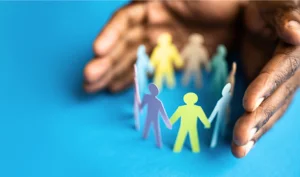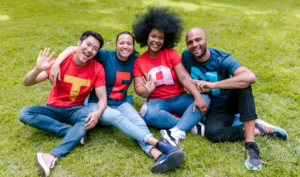
Building Employee Loyalty in a Liquid Labor Market
Is concern over employee loyalty keeping you up at night? You’re not alone. Here’s one recent scenario: An executive team at a large healthcare system

Is concern over employee loyalty keeping you up at night? You’re not alone. Here’s one recent scenario: An executive team at a large healthcare system

Are you disturbed by news about organizations backtracking on workplace diversity and inclusion commitments? I certainly am. For example, a recent Wall Street Journal article

No question about it. Strong internal communication is critical to a strong business. But it’s not easy — especially when workplace dynamics are constantly fluctuating.

We all share a deep desire for belonging. From Abraham Maslow to Brené Brown, experts agree that this “indescribable feeling of being welcomed” is a

A strong internal communications function is essential for every company, both culturally and operationally. It helps keep employees aware of relevant news and updates, excited

Listen to the full conversation and see our questions for the upcoming #WorkTrends Twitter Chat. And don’t forget to subscribe to the podcast, so you

Are you selling products to a market? Or are you investing in relationships that will lift your brand? Community counts.